There is a small parking area for museum visitors past the Historic Depot on the right. We visited the museum first, the Historic Depot, the Locomotive, and finally, the Earp sculpture.
The museum is a one-room facility crammed with interesting exhibits and a huge amount of information about the railroad in this area.
My grandfather worked for Reading Railroad (Reading, PA) for 40+ years and I vividly recall his love for the railroad (that he instilled in us, his grandchildren).
The railroads played a major role in the history of Tucson from the mining industry to the growth of the tourism industry. The Southern Pacific Railroad reached Tucson on March 20, 1880 to much fanfare and celebration.
This was an interesting display to show the difference between the time to travel by stagecoach vs. passenger railroad.
Check out how quickly you get to Tucson from St. Louis by rail in the 1880s!
In the early 1900s, the expanding copper industry was vital to southern Arizona's economy and the copper industry was highly dependent on railroads.
The 1920s were the Golden Era of railroads as elegant passenger service reached its pinnacle. Railroads purchased holloware silver (supplied by silversmiths and made of silver-plated nickel or brass) with logos or railroad names.
Railroad china was also designed and purchased by the various railroads. This is the Southern Pacific "Sunset" china.
To counter the economic downturn during the Great Depression, Tucson focused on tourism. Promoting the warm weather in the winter and dude ranch vacations, the passenger rail system was a vital part in the growth of tourism.
Railroad lights: Engine classification light (left) to indicate whether it was a scheduled train. The caboose marker lamp had two colors: red indicated the end of a moving train; the blue indicates that someone is working on a stationary caboose.
By the 1930s, 40% of passenger business was lost to automobiles. In 1946, railroads transported 790 million passengers in commercial traffic. In 1957, for the first time more people travelled by air than rail. As the importance of rail travel declined, so did the significant of grand structures like the Tucson Depot.
Today, the Depot is the Tucson Amtrak Station. It has been renovated to reflect its beauty of the 1940s.
Centralized traffic control board used to manage rail travel in the area before improved technology made this obsolete!
Steam Locomotive #1673 is a Mogul 2-6-0 type engine built in 1900 by the Schenectady Locomotive Works. It logged over 1M millions for the Southern Pacific Railroad, primarily in Southern Arizona. The engine was donated to the City of Tucson in 1955 to mark the 75th anniversary of the arrival of the railroad to the community.
Another interesting sight to see at this location is the bronze sculpture of Wyatt Earp and Doc Holiday by Dan Bates entitled, Wyatt and "Doc" (2005). Frank Stilwell was shot, presumably by Wyatt Earp, at the Tucson Depot on March 20, 1882, (after the shoot out near O.K. Corral in Tombstone that occurred in 1881).
With one of their buddies...
Close up of Wyatt and then "Doc" Holiday.
If you're looking to travel by rail to or from Tucson, this is your station.
Admission to the museum is free, although we did make a donation. We enjoyed learning more about the history of Tucson...a very pleasant Sunday afternoon.
Website: www.tucsonhistoricdepot.org
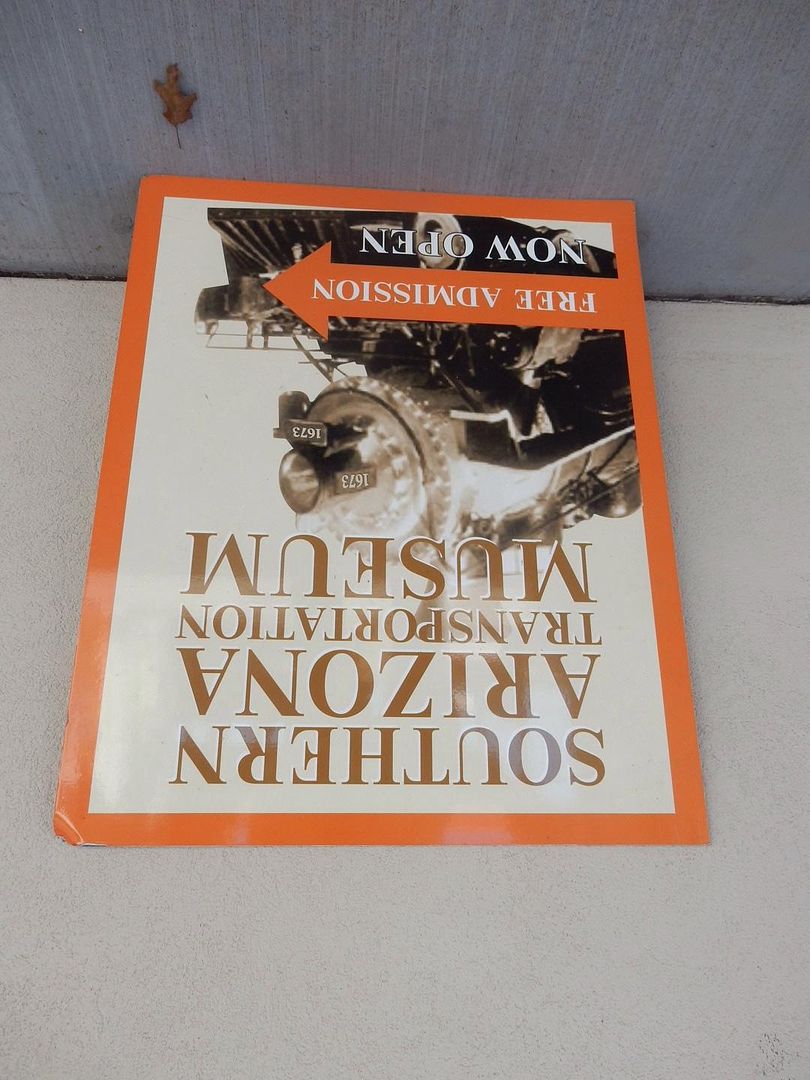

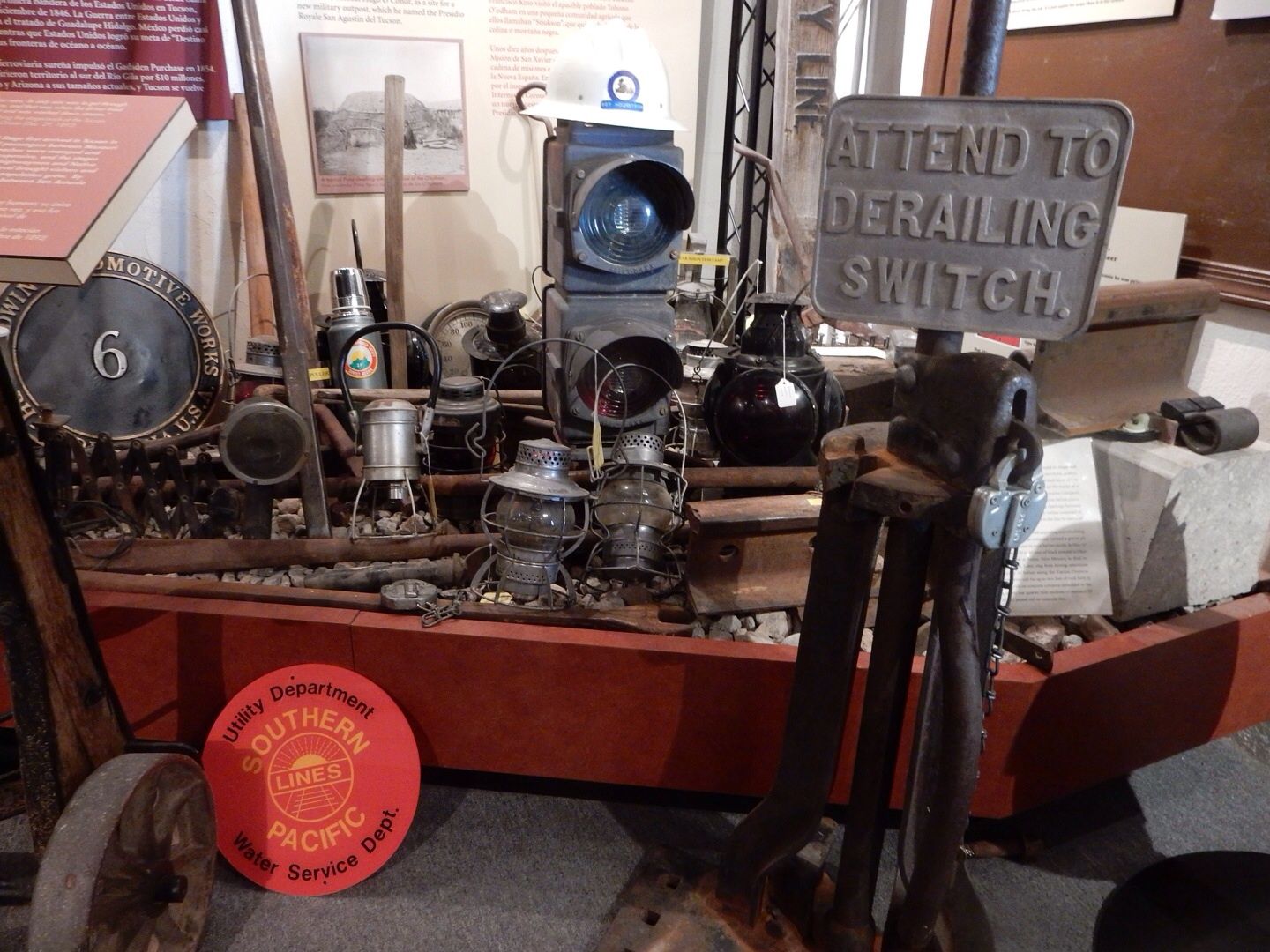
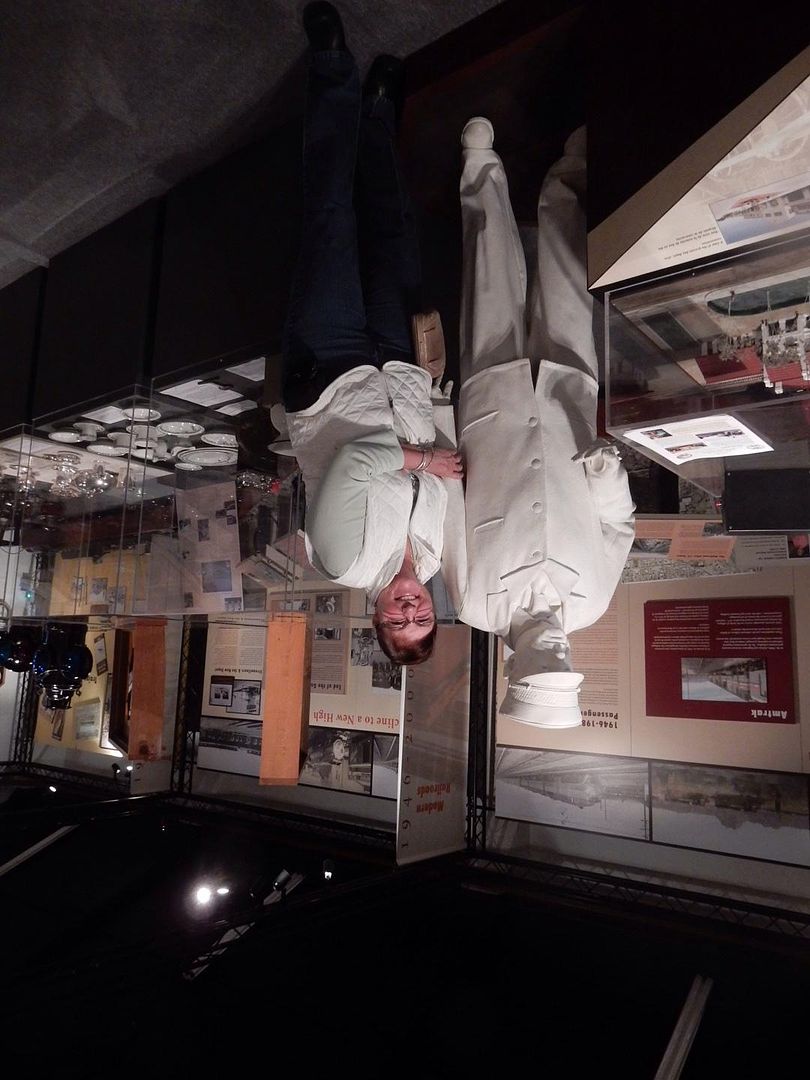
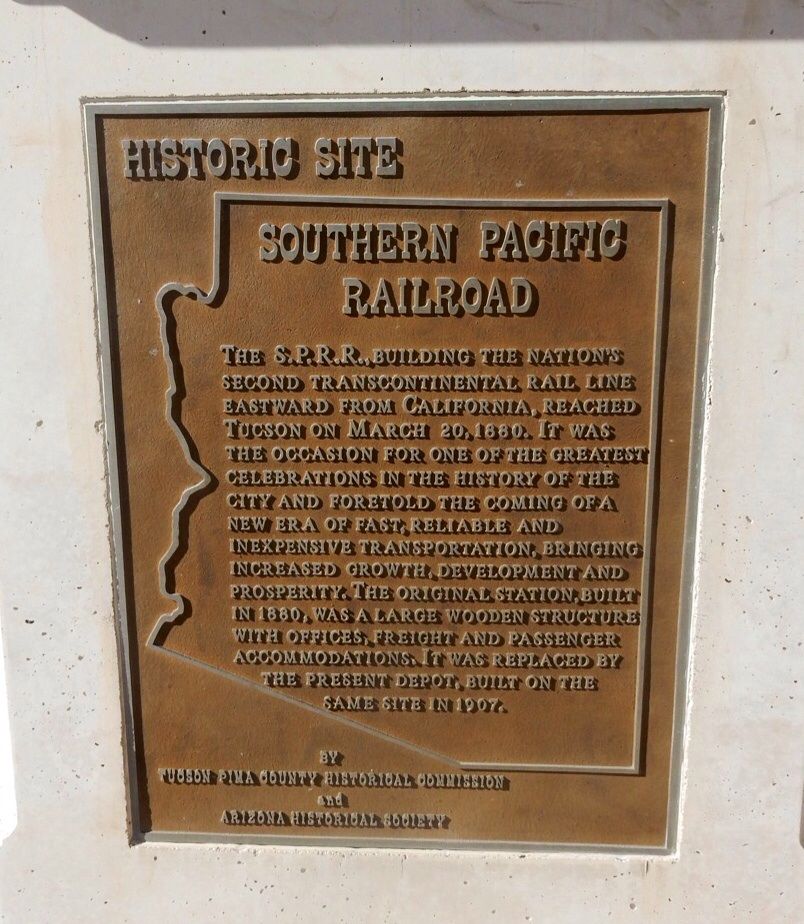
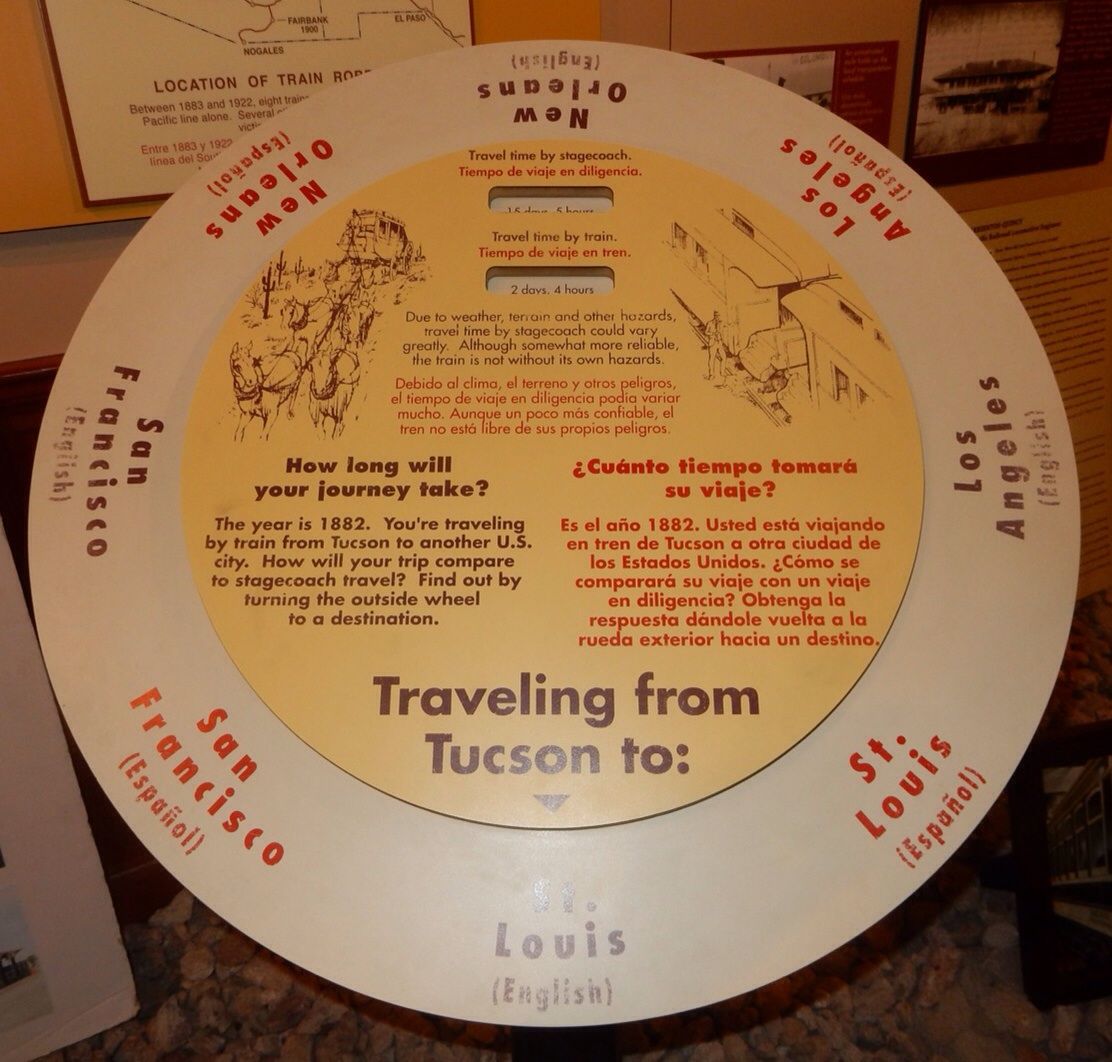
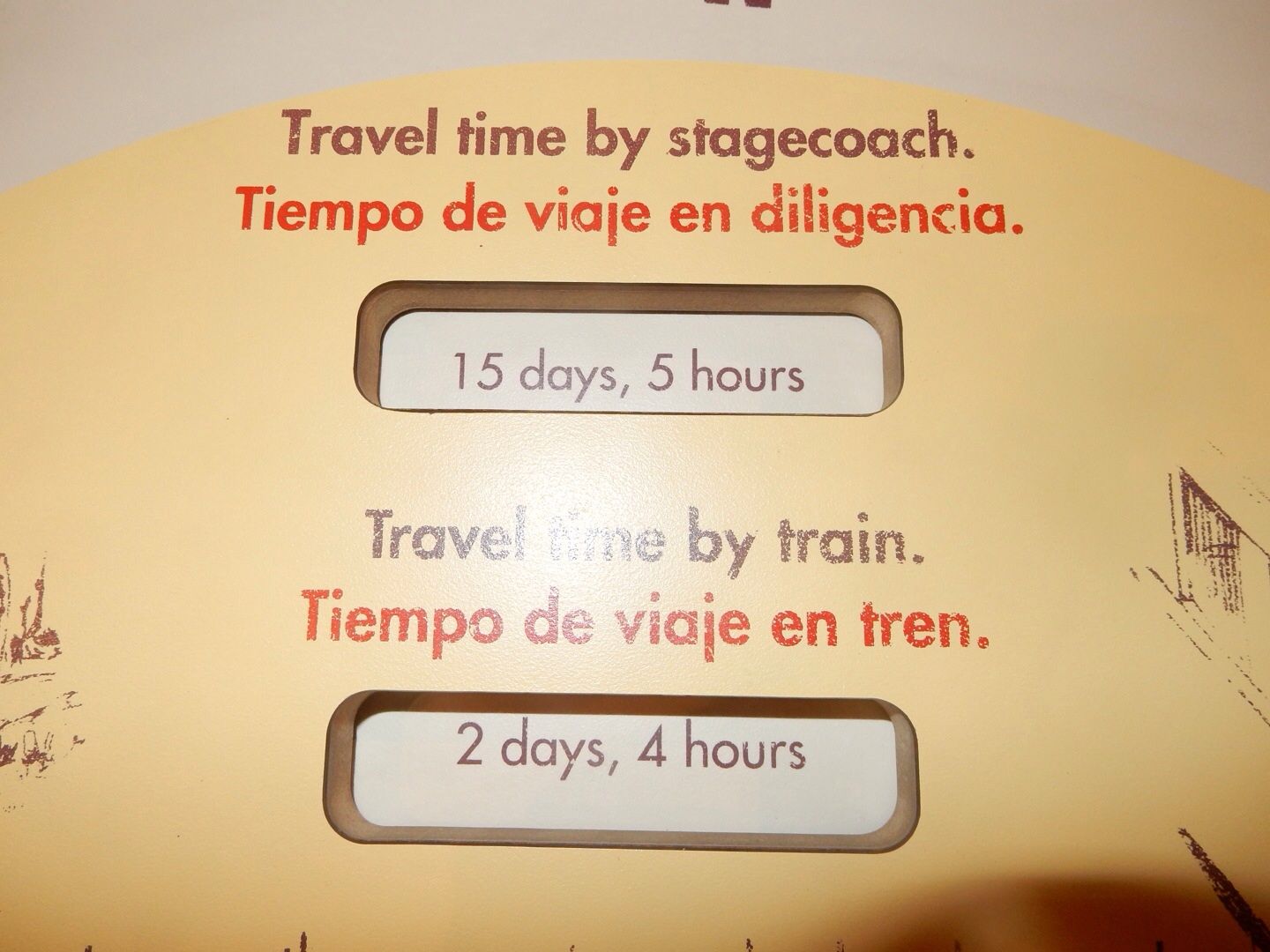
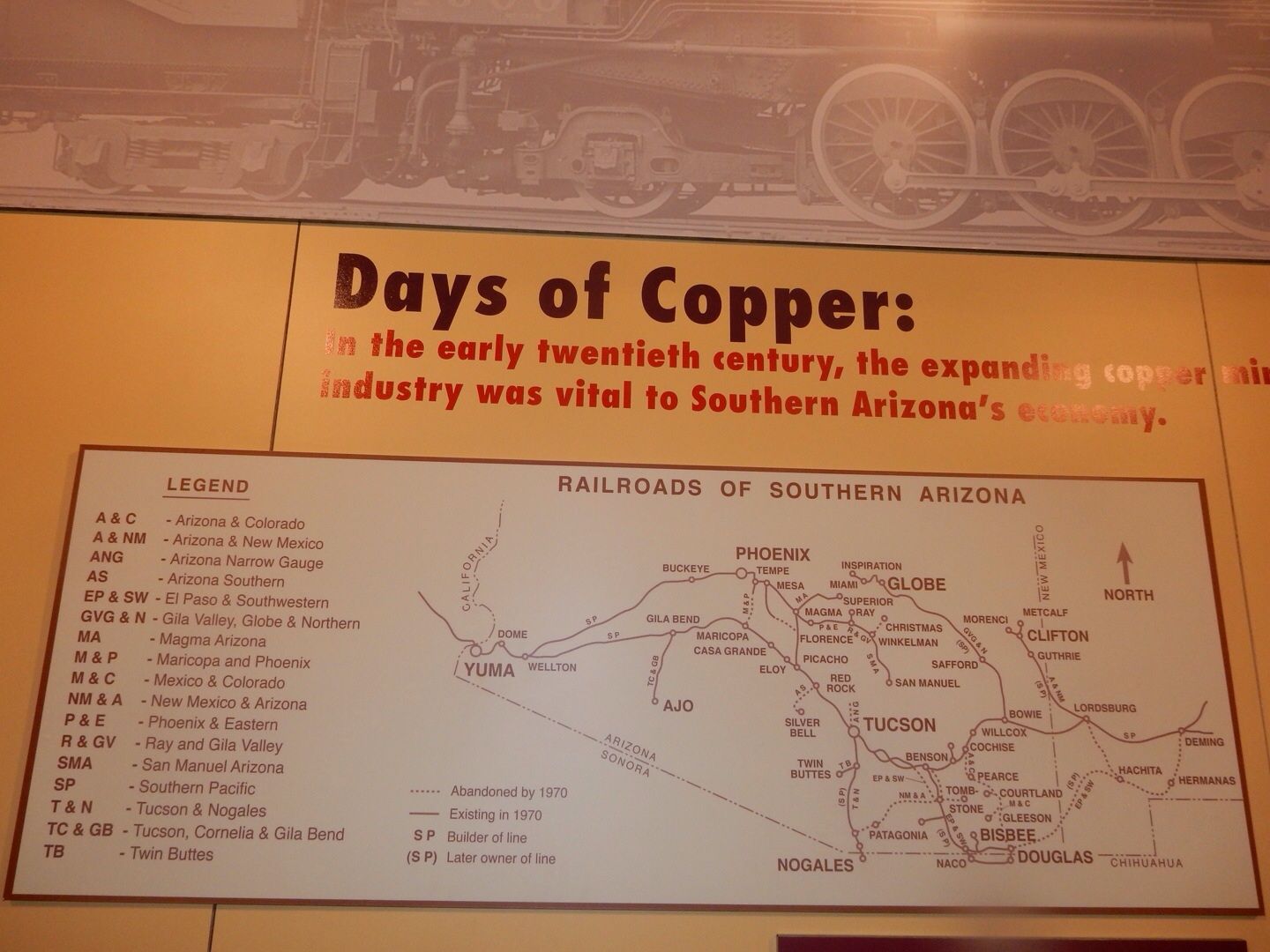
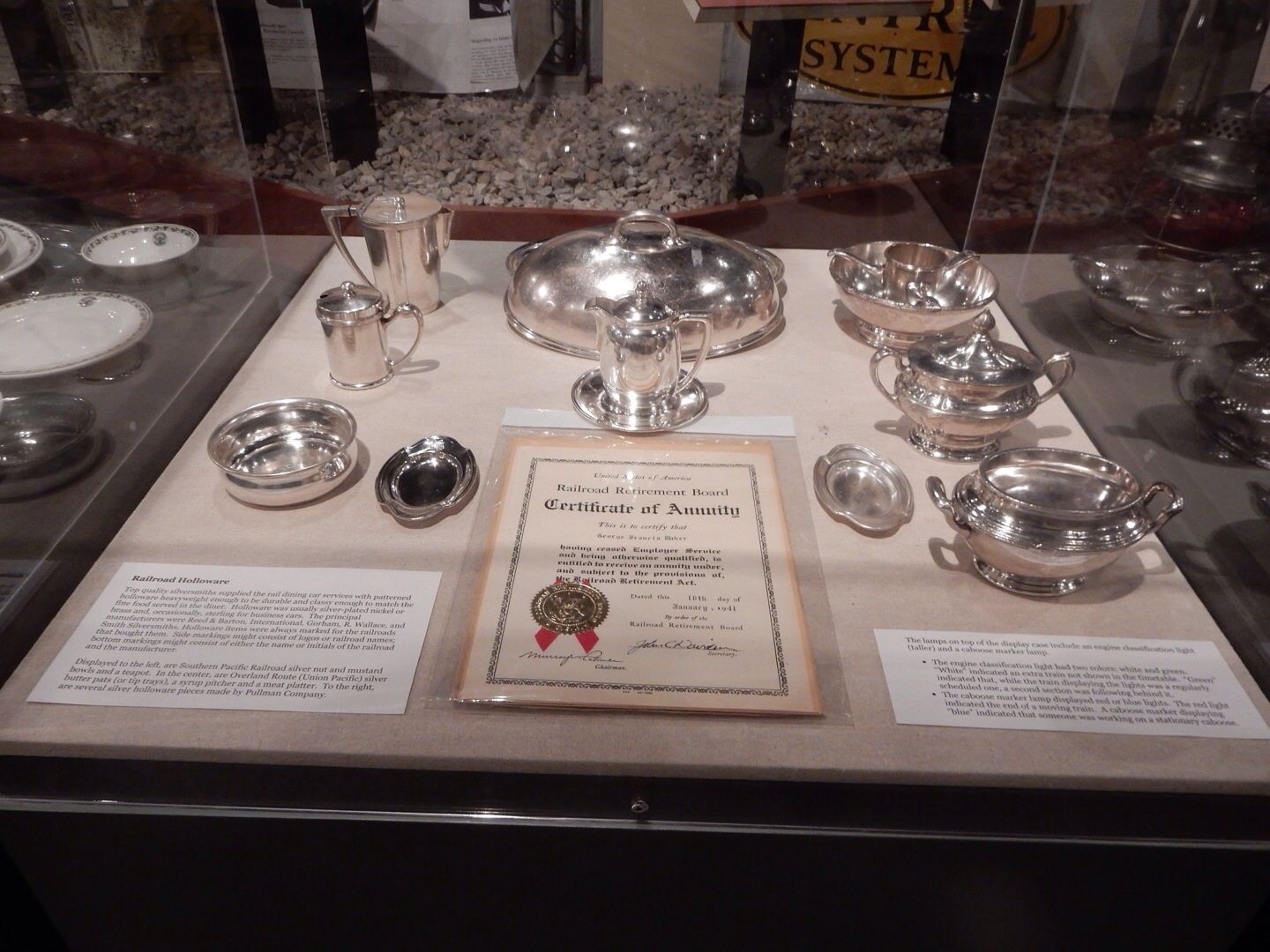
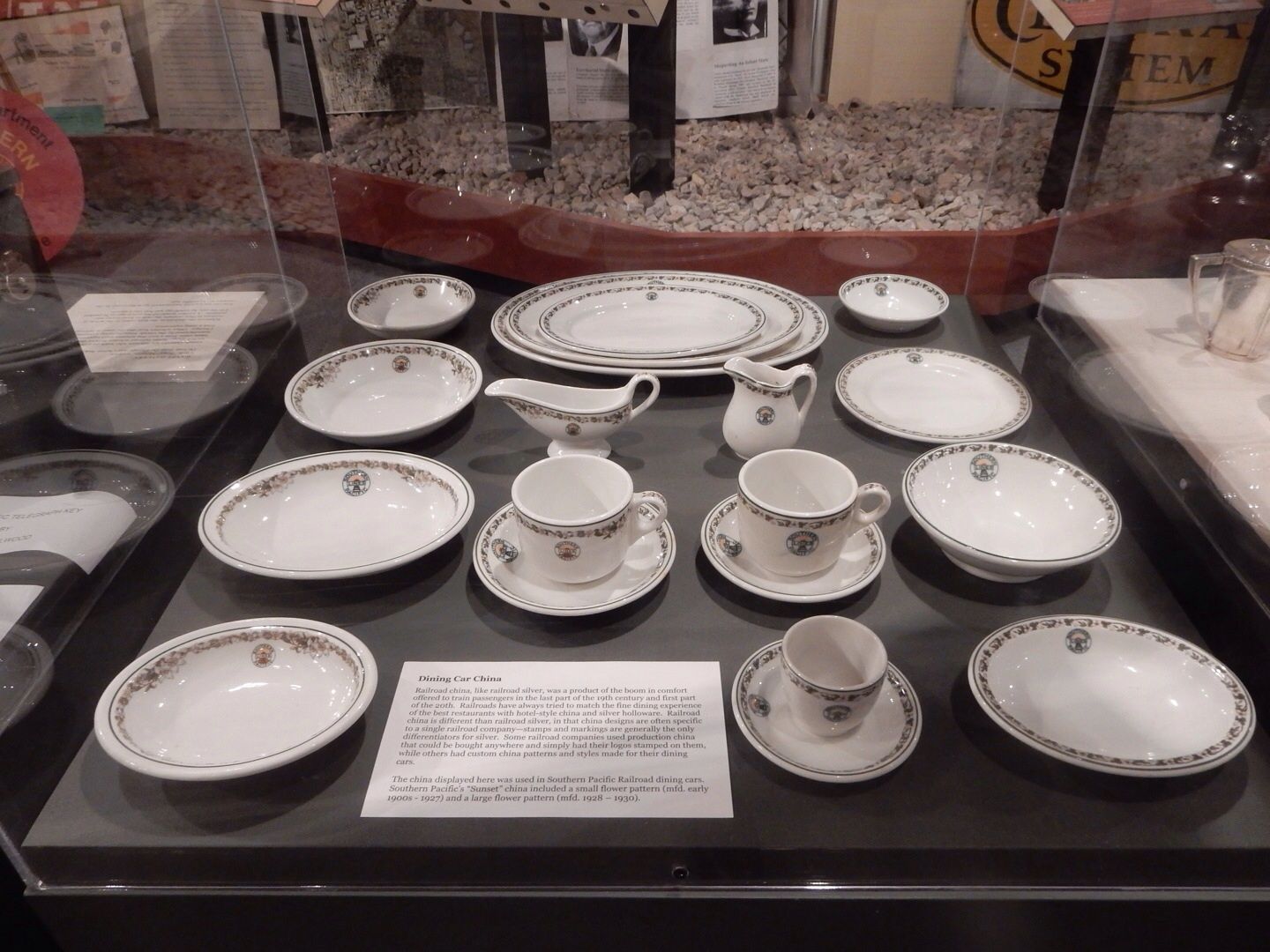
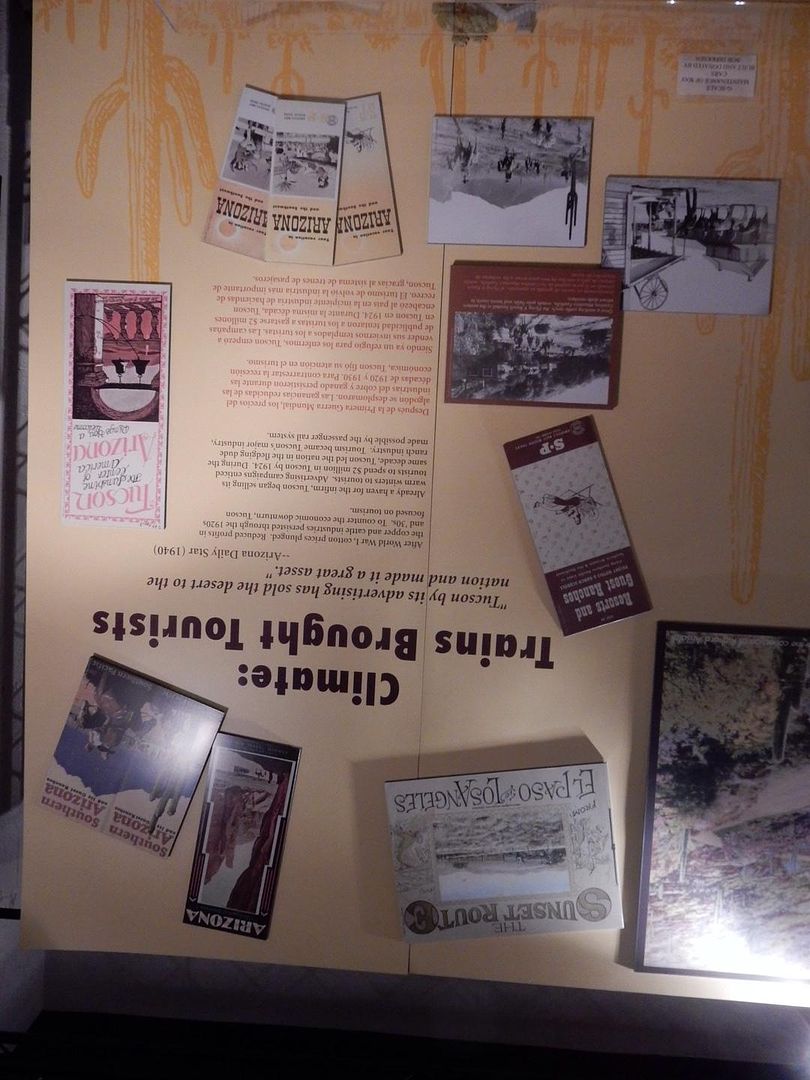
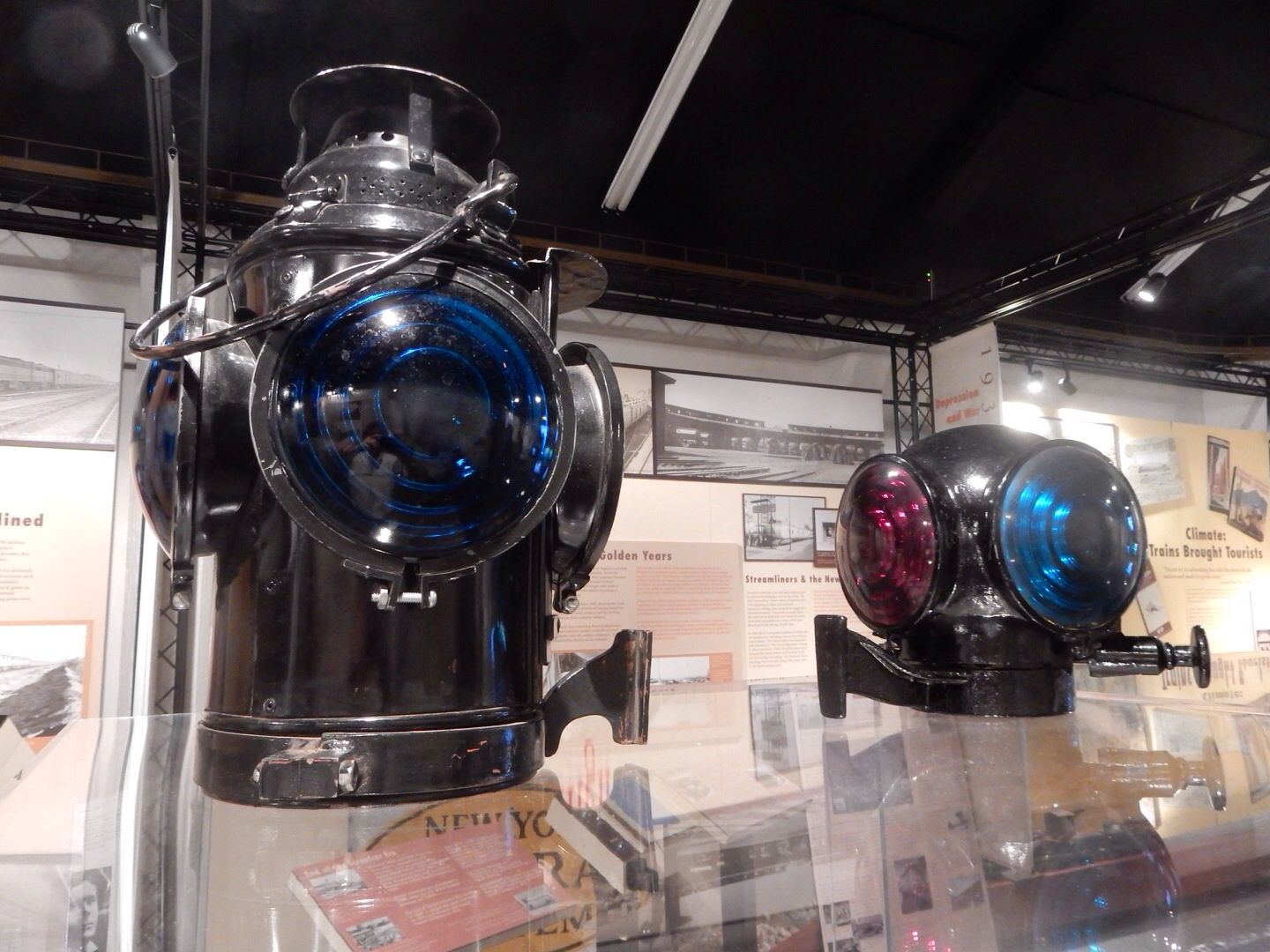
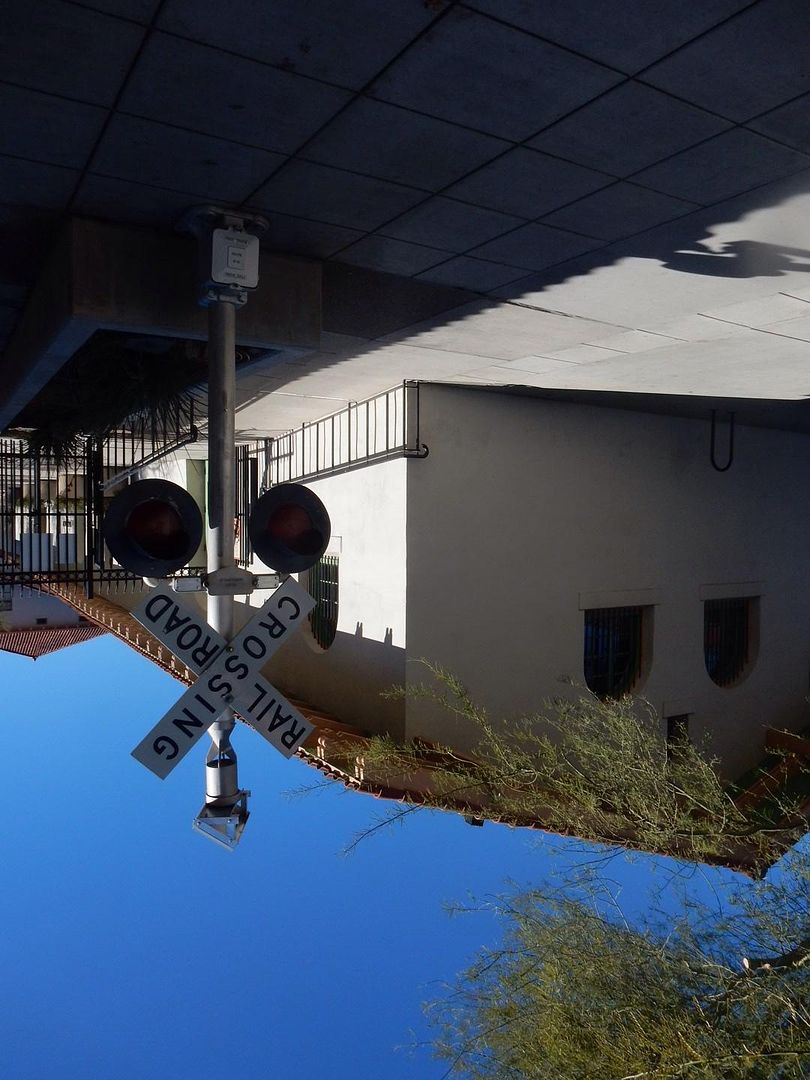



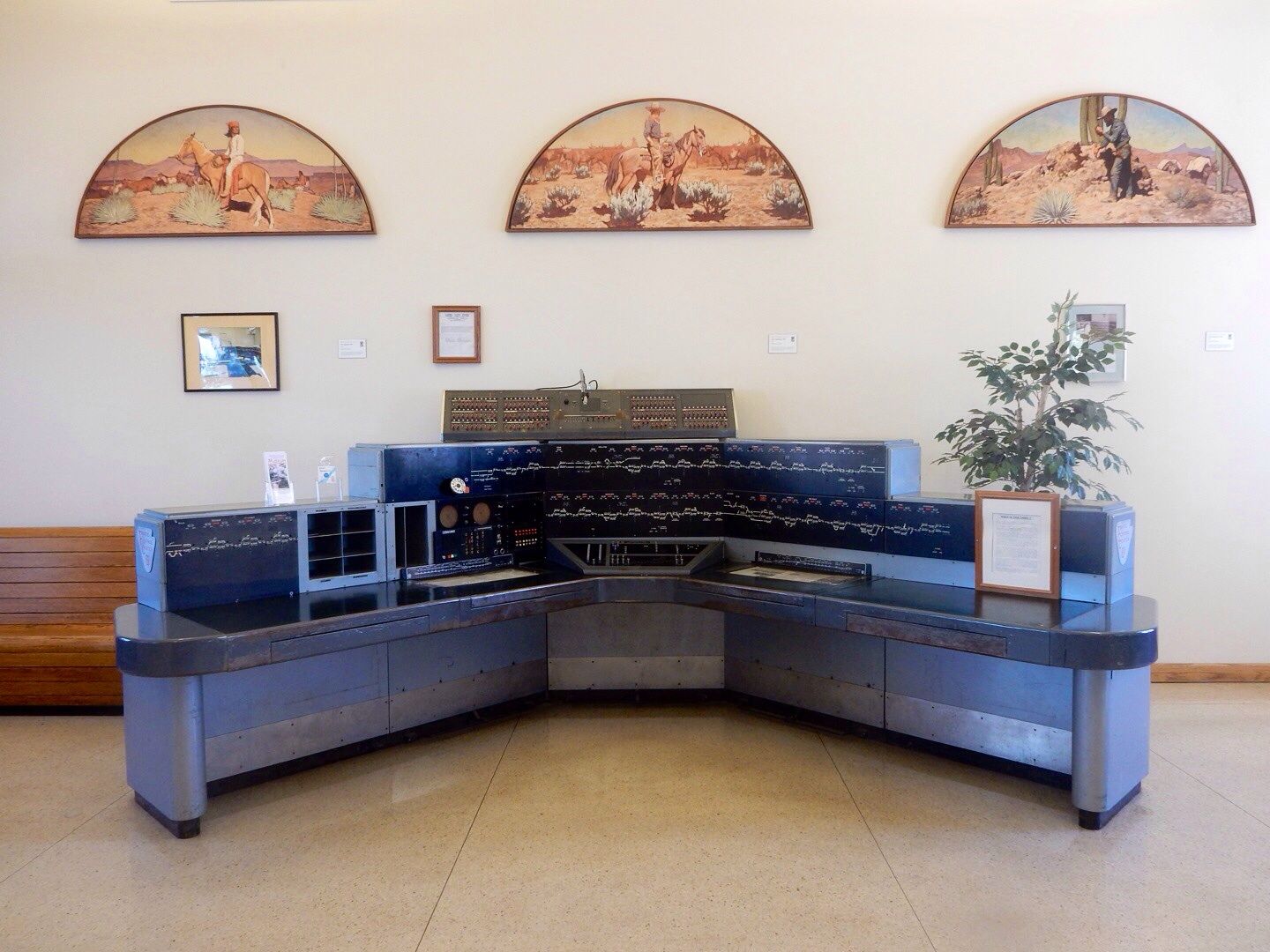


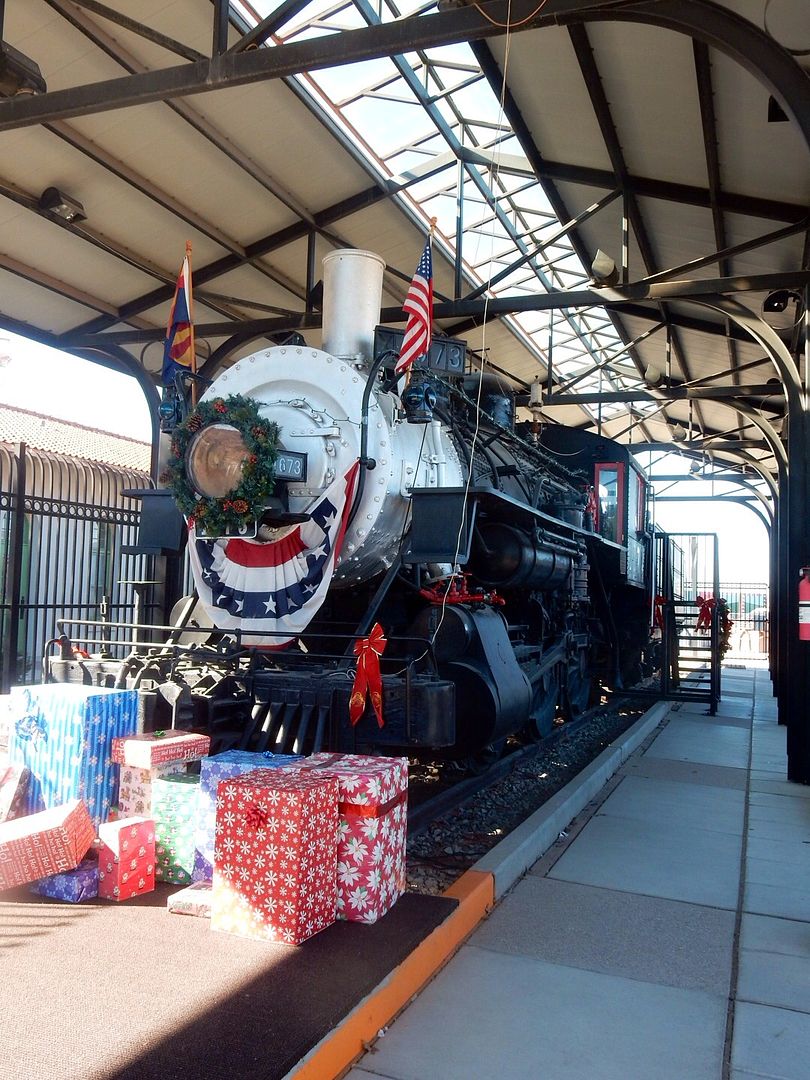


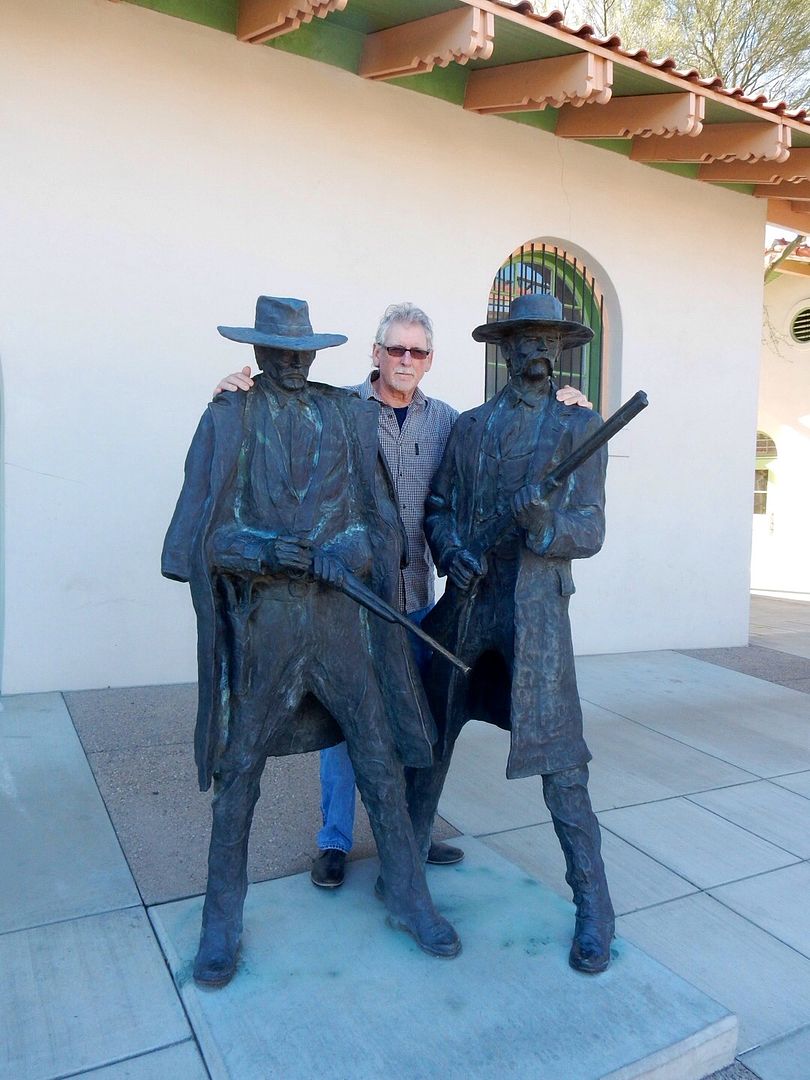
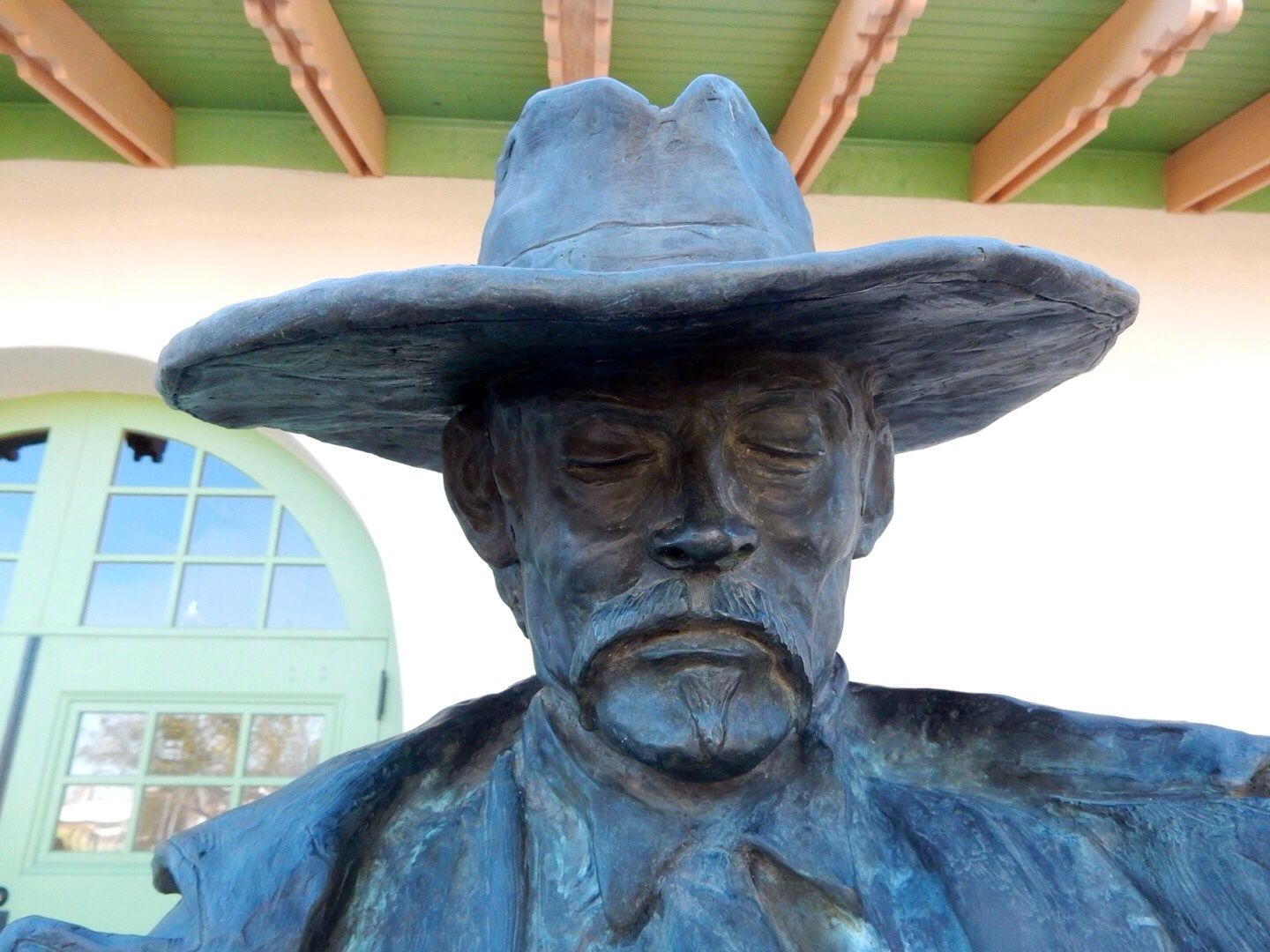
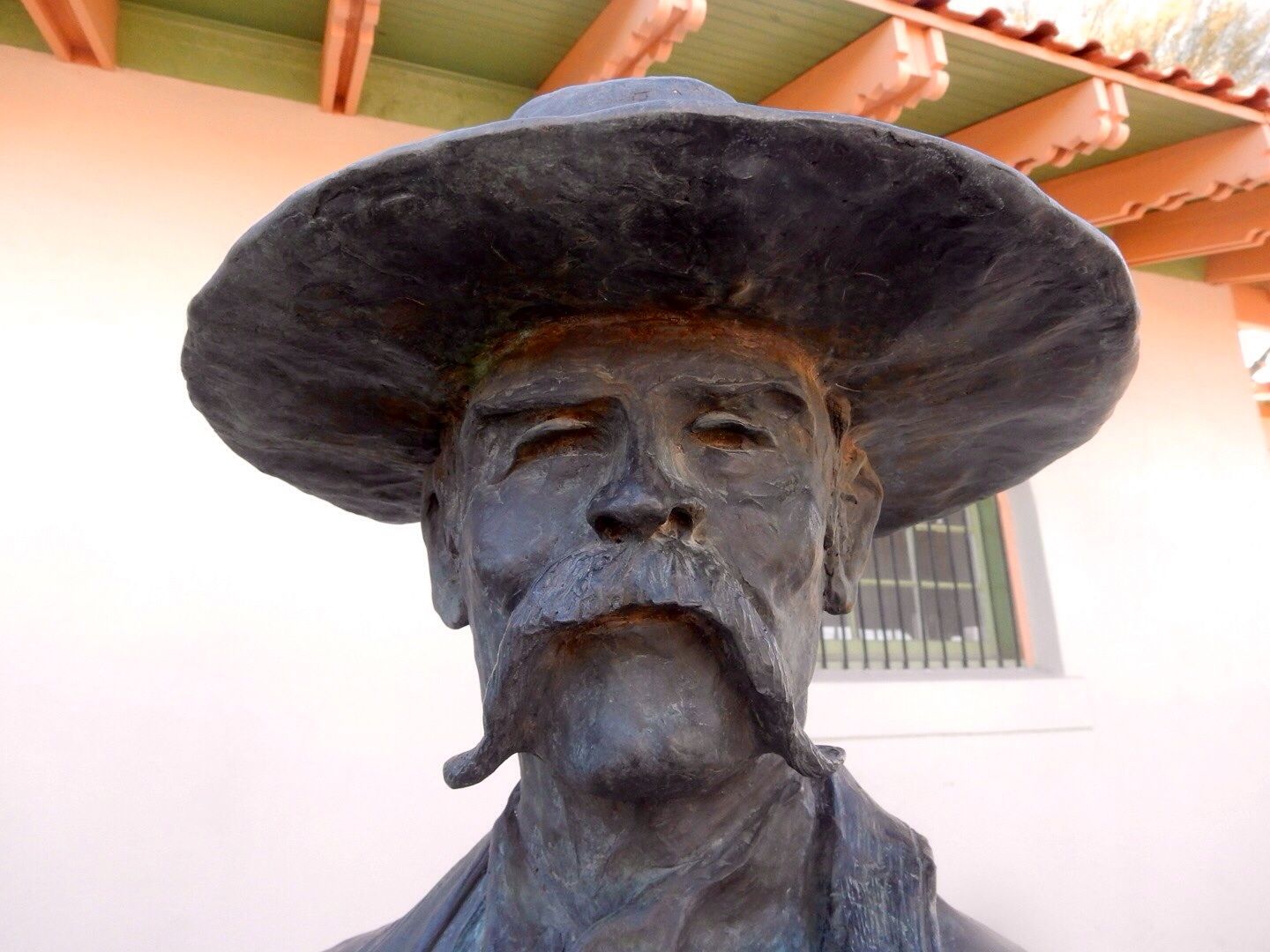
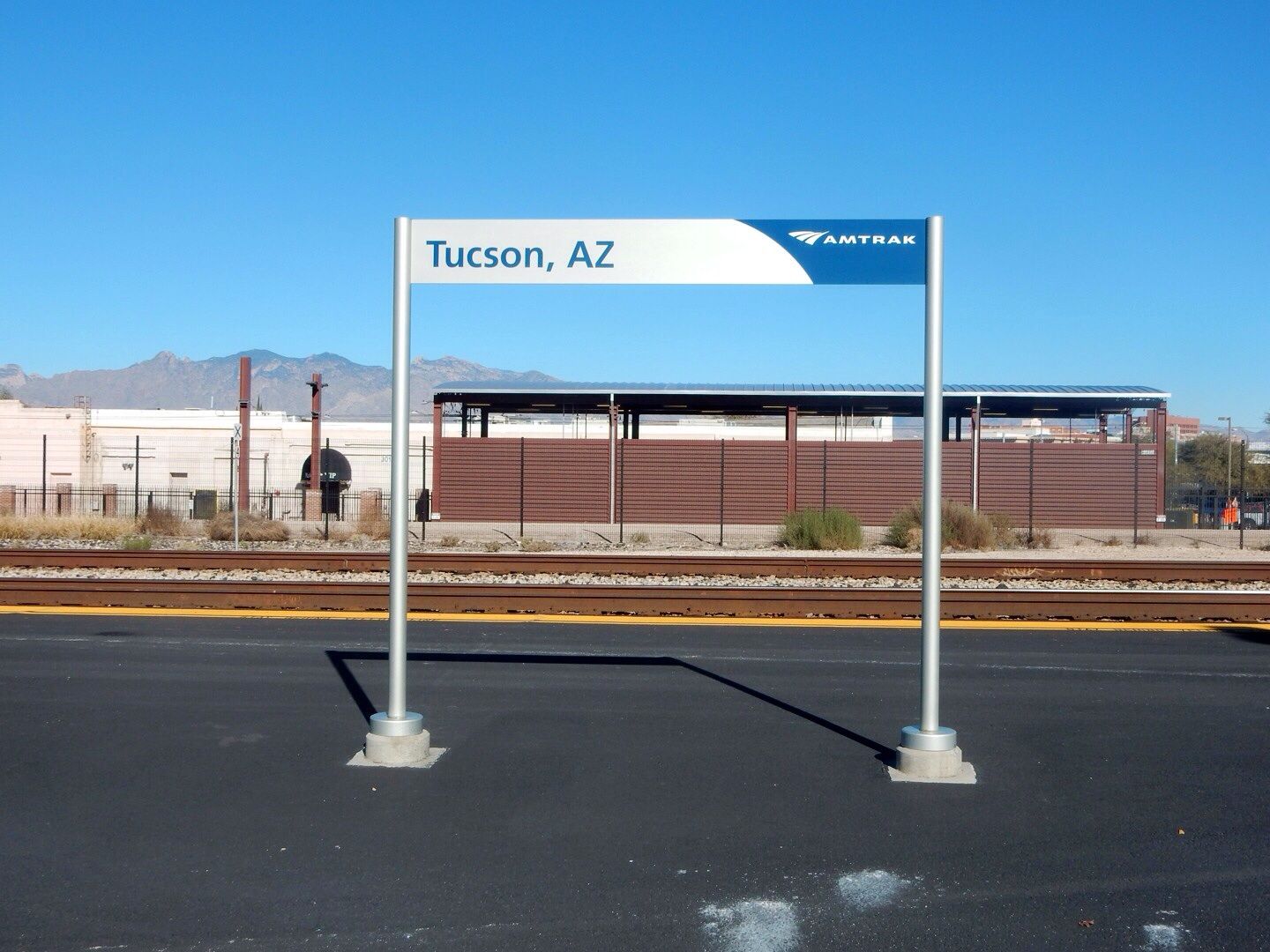
No comments:
Post a Comment